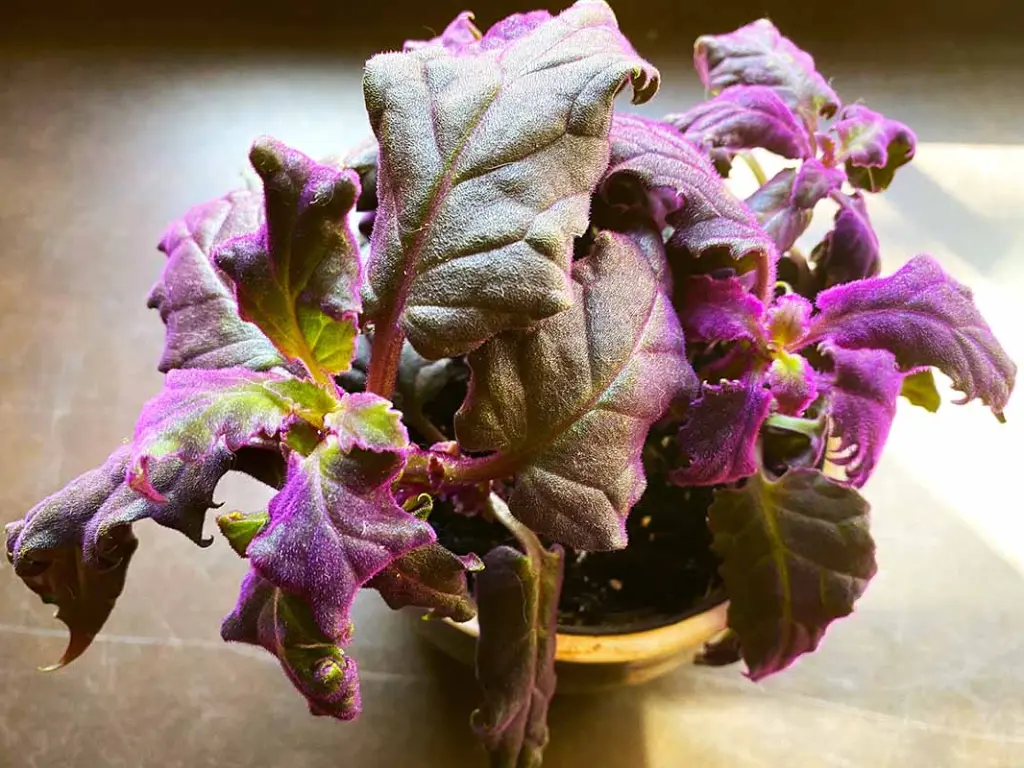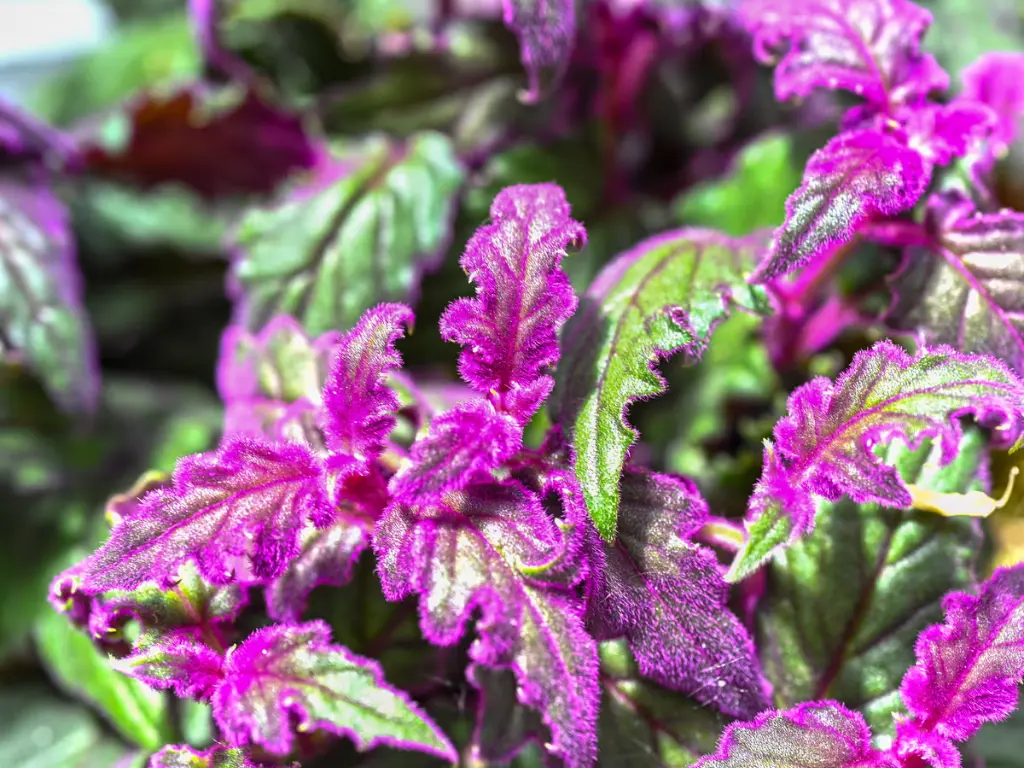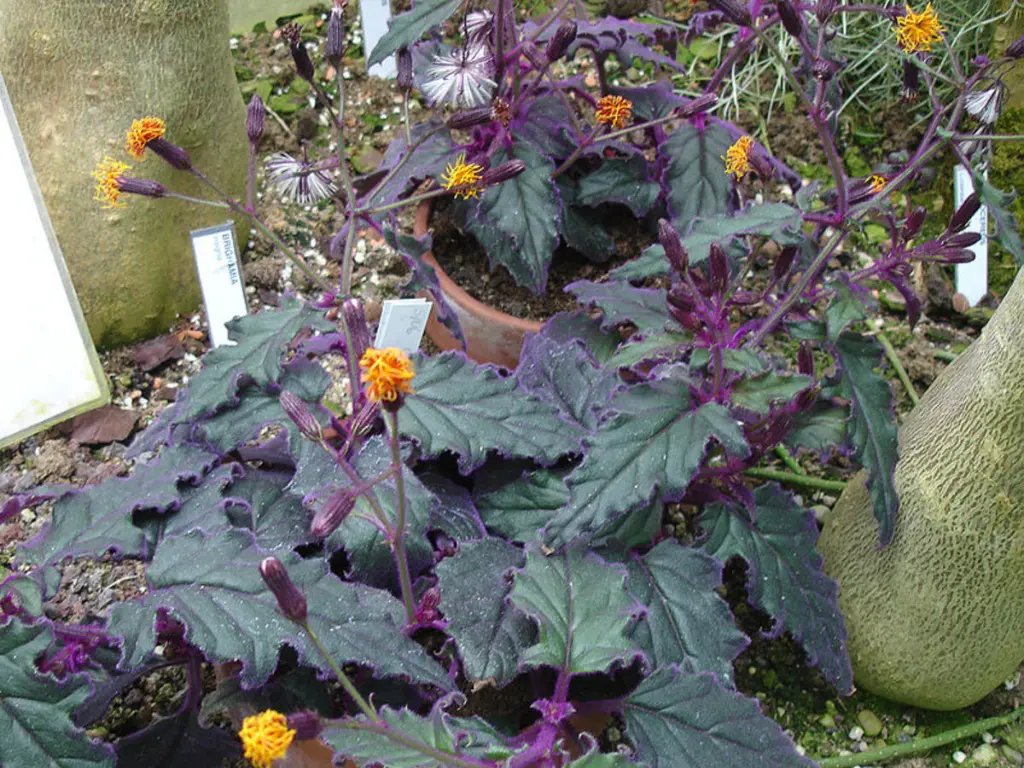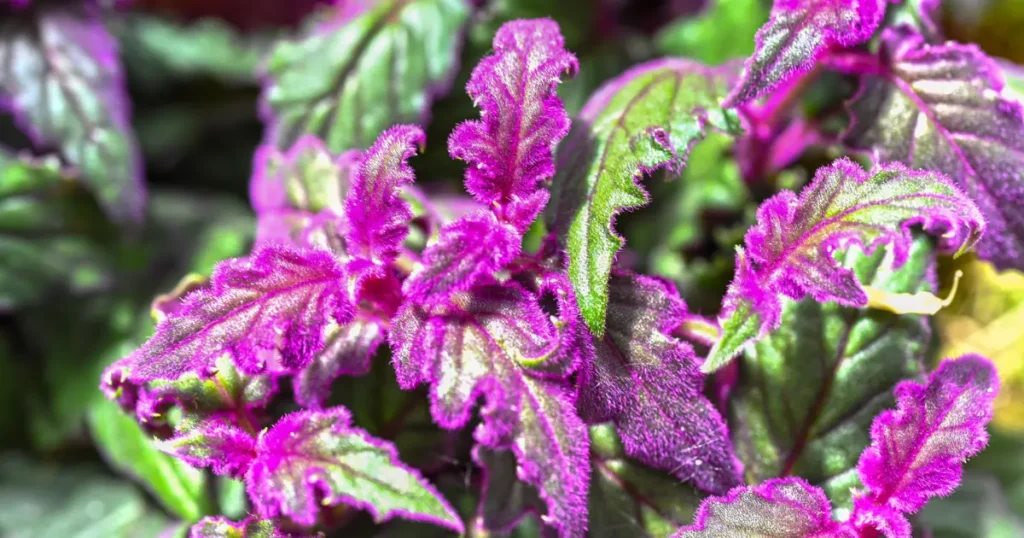Blog
Grow and Care for Purple Passion Plants Like a Pro
Have you ever picked up a beautiful fuzzy purple plant at the store, brought it home, and within weeks it started turning brown or leggy? If you’re frustrated with how to keep your Purple Passion Plant (Gynura aurantiaca) alive and thriving indoors, you’re not alone.
This tropical beauty, known for its striking purple velvet leaves and fast growth, is a showstopper in any indoor garden. But it also has its quirks. The good news? Once you understand its needs, it’s surprisingly easy to grow and care for.
This guide is here to help you master everything from lighting and watering to propagation and pest control. Whether you’re just starting out or trying to save a dying plant, I’ve got you covered with practical tips, real gardener insights, and proven techniques that work.
What Is a Purple Passion Plant?

Purple Passion Plant, or Gynura aurantiaca, is a fast-growing tropical plant native to Southeast Asia. It belongs to the daisy family and is most famous for its deep green leaves covered in fine purple hairs, giving it that unique velvety texture and electric purple glow under light.
Also known as the “velvet plant,” it’s a top pick for indoor gardeners looking to add a pop of color without too much maintenance. Its eye-catching foliage stands out in containers, hanging baskets, or bright indoor nooks, making it one of the most decorative and rewarding houseplants around.
Is It Safe for Pets?
While Purple Passion Plants are stunning, they are toxic to cats and dogs if ingested. The leaves contain compounds that may cause gastrointestinal upset. Keep the plant out of reach of curious pets, especially if you know your furry friends love to nibble on greenery.
Ideal Growing Conditions
Like most tropical houseplants, Gynura aurantiaca thrives in warm, humid environments with plenty of indirect sunlight. If you’ve grown plants like pothos or ferns, you’ll find the Purple Passion has some similar preferences but with a few extra needs.
Light
Place your plant in a bright spot with filtered or indirect sunlight. An east- or north-facing window is usually ideal. Too much direct sun can bleach and damage the purple hairs, while too little light causes fading color and stretched-out, leggy growth.
If your plant starts to lose its vibrant purple hue, that’s a sign it’s craving more light. In darker rooms, consider using a grow light to maintain its intense coloration.
Temperature and Humidity
Purple Passion Plants prefer temperatures between 65-75°F (18-24°C). They are sensitive to cold drafts and don’t tolerate temperatures below 60°F very well. If your plant is near a window during winter, be sure it’s not getting chilled overnight.
Moderate to high humidity keeps this tropical plant happiest. If the air in your home is dry, especially during winter months, boost humidity with a pebble tray, humidifier, or by grouping plants together. Mist occasionally, but avoid soaking the fuzzy leaves.
Soil & Pot
Use a well-draining potting mix that holds some moisture but doesn’t stay soggy. A cactus or succulent mix amended with peat moss or perlite works great. You can also use a standard houseplant mix with added drainage material.
Choose a pot with good drainage holes. Soggy roots are the enemy of the Purple Passion, and too much moisture can quickly lead to root rot.
Watering & Fertilizing

Watering is a make-or-break factor for Purple Passion Plants. Their roots don’t like to sit in water, and their fuzzy leaves are prone to mildew if they stay too wet.
Watering Tips
Let the top inch of soil dry out before watering again. Stick your finger into the soil to test the moisture level, and always empty the saucer after watering to prevent standing water.
Use room-temperature water and try to avoid splashing the leaves. Wet leaves can develop rot or mildew, which not only harms the plant but ruins its beautiful texture.
Fertilizing
During the growing season (spring and summer), feed your plant every 2-4 weeks with a balanced liquid houseplant fertilizer diluted to half strength. This encourages lush growth and vibrant color.
In fall and winter, reduce or skip feeding altogether. The plant naturally slows its growth and doesn’t need extra nutrients during its semi-dormant phase.
Pruning and Growth Tips
Regular pruning keeps your Purple Passion looking full and bushy instead of sparse and leggy. Pruning also helps prevent the plant from outgrowing its space too quickly.
Pruning
Pinch back the tips of stems regularly, especially during spring and summer. This encourages side shoots to grow, giving the plant a more compact and lush appearance.
Don’t be afraid to prune aggressively if your plant gets too leggy. You can use those cuttings to propagate new plants or fill in empty spots in your current container.
Growth Tip
Rotate the plant every week or two so all sides receive equal light. This helps maintain an even shape and keeps the foliage from leaning toward the window.
Propagation: Make More Plants!
One of the best things about Purple Passion is how ridiculously easy it is to propagate. If you love sharing plants with friends or want to multiply your collection, this plant’s for you.
Propagation in Water
-
Cut a healthy 4-6 inch stem just below a leaf node (where a leaf meets the stem).
-
Remove the leaves on the lower part of the stem.
-
Place the cutting in a clean glass of water in a bright, warm spot.
-
Change the water every few days to keep it fresh.
-
After 1-2 weeks, you’ll see roots start to grow Once roots are an inch or two long, transplant into a small pot with well-draining soil.
Propagation in Soil
-
Dip the cut end of the stem in rooting hormone (optional, but helpful).
-
Plant it in a moist, well-draining soil mix.
-
Cover it with a plastic bag or dome to create a mini greenhouse effect.
-
Keep it warm and brightly lit, and in a few weeks, you’ll have a rooted baby plant!
How to Get Purple Passion Plants to Bloom

You might be surprised to learn that the bloom of a Purple Passion Plant isn’t exactly a cause for celebration. While it may seem exciting to see those tiny orange flowers forming, blooming actually signals the plant is nearing the end of its life cycle.
Yes, really—this beautiful fuzzy friend is technically a short-lived perennial, and flowering can mark the beginning of its decline. That’s why most seasoned growers recommend pinching off flower buds as soon as they appear. Doing so can help extend your plant’s life significantly.
This technique is different from deadheading, which is typically done to encourage more blooms. With Purple Passion, the goal is the opposite: to prevent the plant from putting energy into flowering so it can continue focusing on foliage and growth.
When Does It Bloom?
If your Purple Passion Plant receives ample bright, indirect light, it may bloom in the fall. The plant usually needs to be mature and well-established before producing flowers.
What Do the Flowers Look and Smell Like?
The flowers are small, orange, and grow in fluffy clusters at the ends of stems. While they may look interesting, they come with an unexpected downside—the smell. Many growers describe it as unpleasant or musty, and the blooms themselves can be quite messy, dropping bits as they fade.
For this reason, most gardeners simply remove the buds right away. If you’re curious, let them bloom once, but don’t be surprised if you prefer the plant without them.
Common Problems and Fixes
Even experienced gardeners run into problems with Purple Passion Plants from time to time. The key is to recognize the signs early and act quickly.
Yellow or Brown Leaves
Usually a sign of overwatering, poor drainage, or root rot. Check the roots and make sure the pot has proper drainage. Repot into fresh soil if necessary.
Leggy Growth
If your plant is stretching out and losing its shape, it’s not getting enough light. Move it closer to a brighter window or supplement with a grow light.
Mold or Mildew on Leaves
This is often caused by poor air circulation or getting water on the leaves. Water only the soil, and ensure the plant isn’t too crowded among others.
Pests
Watch out for spider mites, aphids, and mealybugs. If you see tiny webs, sticky residue, or white cotton-like spots, act fast. Use insecticidal soap, neem oil spray, or rinse the plant thoroughly with water to remove pests.
Frequently Asked Questions (FAQs)
Q1: How often should I water a Purple Passion Plant?
Water when the top inch of soil is dry. That usually means once a week, but it varies depending on your home’s humidity and temperature.
Q2: Can Purple Passion Plants grow in low light?
They can survive, but they won’t show off their best color or growth. For that striking purple sheen, aim for bright indirect light.
Q3: Why is my plant losing its purple color?
Most often, this means it’s not getting enough light. Move it closer to a window or try a grow light to bring the color back.
Q4: How do I revive a dying Purple Passion Plant?
Start by checking for root rot. Trim back dead stems, repot in fresh soil if necessary, and adjust light and water conditions. With a little love, they often bounce back fast.
Final Thoughts
Purple Passion Plants aren’t just pretty faces. With their dramatic velvety leaves and lively growth, they make a bold statement in any space. Best of all, they’re easy to care for once you get the hang of their needs.
So, whether you’re a beginner hoping to keep your first houseplant alive or a seasoned gardener looking for your next favorite foliage, the Purple Passion might just be the perfect fit.
Take your time, observe your plant, and enjoy the process. Every leaf tells a story – and yours is just beginning.
Want to explore more low-maintenance indoor plants or learn how to deal with common plant problems? Check out our related guides on houseplant care, propagation tips, and pet-safe plants to grow your plant parent confidence!
You may like:


7 Vegetables to Plant in December for a Bountiful Winter Harvest
Winter gardening is a challenge many new gardeners shy away from. But if you’re among [...]
Dec
9 Common Christmas Cactus Problems and How to Fix Them
Have you ever walked past your Christmas cactus and wondered why it suddenly looks sad? [...]
Nov
Swedish Ivy Care: How to Grow a Healthy, Thriving Plant
Have you ever looked at your Swedish Ivy and wondered why the leaves are turning [...]
Nov
Avoid These 10 Garlic Planting Mistakes for Bigger, Healthier Bulbs
Growing garlic at home is one of the most satisfying things a gardener can do [...]
Nov
How to Prevent Christmas Cactus Bud Drop: Tips for a Healthy Bloom
Have you ever noticed your beautiful Christmas cactus (Schlumbergera) starting to lose its buds just [...]
Nov
Discover 7 Stunning Types of Night-Blooming Cereus
Have you ever waited for a flower that only opens at night and then disappears [...]
Nov